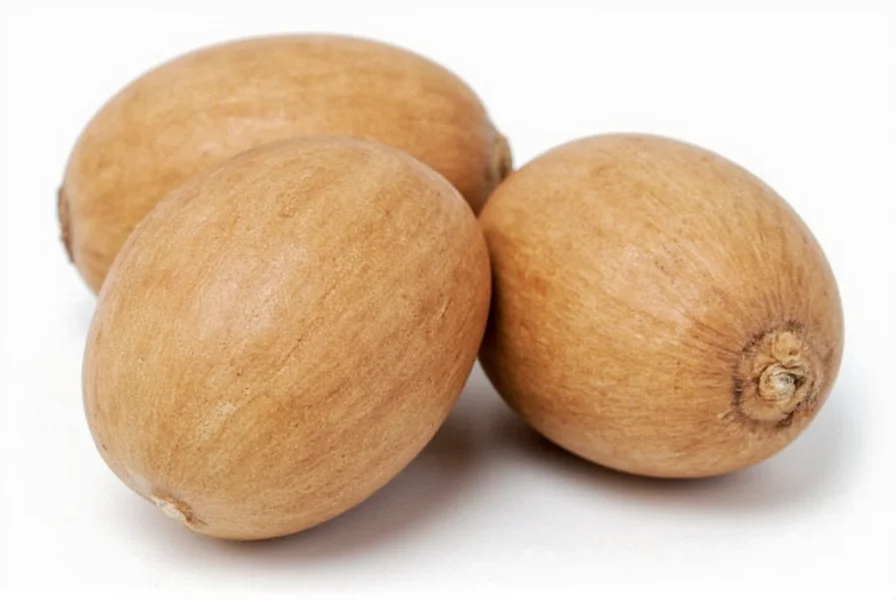Nutmeg color has become increasingly popular across various design disciplines for its sophisticated yet approachable warmth. This versatile earth tone bridges the gap between neutral and statement color, offering designers a rich option that feels both contemporary and timeless. Understanding the precise characteristics of nutmeg color helps professionals and enthusiasts make informed choices when incorporating it into their projects.
Understanding Nutmeg Color Specifications
When working with nutmeg color in digital or print formats, precise color values ensure consistency across different mediums. The standardized color codes provide reliable references for designers, decorators, and artists seeking to implement this warm brown tone accurately.
| Color System | Value | Description |
|---|---|---|
| Hex Code | #9B7A61 | Standard web color code used in digital design and development |
| RGB | 155, 122, 97 | Red, Green, Blue values for screen displays |
| CMYK | 0%, 21%, 37%, 39% | Cyan, Magenta, Yellow, Key (black) for print applications |
| HSL | 25°, 23%, 50% | Hue, Saturation, Lightness representation |
The Origin of Nutmeg Color Naming
The name "nutmeg" for this particular shade directly references the appearance of ground nutmeg spice. When whole nutmeg is freshly grated, it produces a fine powder with a distinctive warm brown color that contains subtle reddish-orange undertones. This natural connection to a familiar spice gives the color an organic, earthy quality that resonates with consumers seeking authentic, nature-inspired palettes.
Unlike some color names that have evolved through marketing or historical usage, nutmeg color maintains a direct visual relationship to its namesake. This authenticity contributes to its growing popularity in design fields where consumers increasingly value transparency and natural references.
Nutmeg Color in Color Theory
Within color theory frameworks, nutmeg occupies a specific position in the warm brown spectrum. It sits between lighter tans and deeper chocolate browns, with distinctive reddish undertones that differentiate it from more neutral browns.
When analyzing nutmeg color through the color wheel, it falls within the 15-30 degree hue range, placing it firmly in the warm color family. Its moderate saturation (around 23%) gives it richness without overwhelming intensity, while its medium lightness value (approximately 50%) makes it versatile across different applications.
Design professionals often categorize nutmeg as an "earthy warm" rather than a cool brown, which significantly impacts how it interacts with other colors in a palette. This warm quality makes it particularly compatible with other earth tones, golds, and warm neutrals.

Nutmeg Color Compared to Similar Earth Tones
Many warm brown shades exist in the design world, but nutmeg has distinctive characteristics that set it apart from similar colors:
- Nutmeg vs Cinnamon: Cinnamon tends to be brighter and more orange-toned, while nutmeg has deeper, richer brown qualities with more subtle reddish undertones
- Nutmeg vs Terra Cotta: Terra cotta leans more toward orange-red, while nutmeg maintains a more balanced brown base with just hints of red
- Nutmeg vs Coffee: Coffee brown typically has cooler, darker characteristics without the warm reddish undertones of nutmeg
- Nutmeg vs Camel: Camel is significantly lighter and more yellow-toned compared to the deeper, redder qualities of nutmeg
These subtle distinctions matter significantly when creating cohesive color palettes. Designers who understand these nuances can make more precise color selections that achieve their intended aesthetic and emotional impact.
Practical Applications of Nutmeg Color
Nutmeg color's versatility makes it valuable across multiple design disciplines. Its warm, approachable quality works well in environments where comfort and sophistication need to coexist.
In Interior Design
Nutmeg has become a staple in contemporary interior design, particularly for:
- Wall colors in living rooms and bedrooms where its warmth creates inviting spaces
- Accent walls that provide depth without overwhelming a room
- Upholstery fabrics for furniture that needs to feel substantial yet welcoming
- Kitchen cabinetry for a modern alternative to traditional wood tones
Interior designers appreciate nutmeg color for interior design because it works well in both traditional and modern spaces. It serves as an excellent neutral that provides more visual interest than standard beige while maintaining versatility.
In Fashion and Textiles
The fashion industry has embraced nutmeg as a sophisticated alternative to basic neutrals:
- Autumn and winter collections where its warmth complements seasonal palettes
- Workwear that needs to appear professional yet approachable
- Accessories that add subtle warmth to monochromatic outfits
- Textile patterns where it serves as a grounding element among brighter colors
In Graphic and Digital Design
Digital designers utilize nutmeg color in various applications:
- Website backgrounds that need warmth without distraction
- Branding elements for companies wanting to convey reliability with approachability
- UI elements that require a sophisticated alternative to standard grays
- Infographics where it serves as a neutral that still provides visual interest

Creating Effective Nutmeg Color Combinations
One of nutmeg color's greatest strengths is its compatibility with a wide range of complementary colors. Understanding these relationships helps create harmonious palettes:
- Nutmeg and Cream: This classic combination creates a sophisticated neutral palette that feels warm and inviting without being overwhelming
- Nutmeg and Sage Green: The earthy quality of both colors creates a natural, organic feel perfect for wellness brands and eco-friendly products
- Nutmeg and Navy Blue: This pairing offers striking contrast while maintaining sophistication, ideal for professional settings
- Nutmeg and Gold: The warm undertones of nutmeg enhance metallic gold accents, creating a luxurious yet grounded aesthetic
- Nutmeg and Terracotta: For a monochromatic earth tone scheme with varying depths and temperatures
When creating nutmeg color palettes, consider the 60-30-10 rule: use nutmeg as the dominant color (60%), pair it with a secondary color (30%), and add an accent color (10%) for visual interest. This approach ensures balance while showcasing nutmeg's versatility.
The Psychological Impact of Nutmeg Color
Colors influence mood and perception, and nutmeg carries specific psychological associations:
- Warmth and Comfort: Its earthy quality creates feelings of security and approachability
- Sophistication without Formality: More refined than basic browns while remaining accessible
- Natural Connection: Evokes organic materials and natural environments
- Stability and Reliability: Brown tones generally convey dependability
- Subtle Energy: The reddish undertones provide gentle warmth without the intensity of brighter reds
These psychological effects make nutmeg particularly effective in environments where trust and comfort are priorities, such as healthcare facilities, educational spaces, and hospitality settings.
Seasonal Considerations for Nutmeg Color
While nutmeg works year-round, its applications shift with the seasons:
- Fall: Perfect as a primary color that complements autumn's natural palette
- Winter: Provides warmth against cooler seasonal colors
- Spring: Works well as a grounding element among brighter seasonal colors
- Summer: Effective in more subdued applications to avoid overwhelming warm environments
Understanding these seasonal dynamics helps designers implement nutmeg color appropriately throughout the year.
Implementing Nutmeg Color Effectively
When working with nutmeg color, consider these practical tips:
- Test samples in your actual environment, as lighting significantly affects how nutmeg appears
- Consider the undertones of adjacent materials to ensure harmony
- Use varying saturations of nutmeg to create depth and dimension
- Balance nutmeg's warmth with cooler elements to prevent spaces from feeling too heavy
- Remember that texture affects color perception—matte finishes appear deeper than glossy ones
By thoughtfully implementing nutmeg color, designers can leverage its versatility to create spaces and products that feel both contemporary and timelessly appealing.











 浙公网安备
33010002000092号
浙公网安备
33010002000092号 浙B2-20120091-4
浙B2-20120091-4